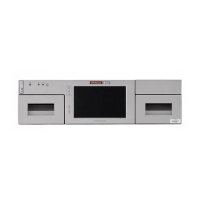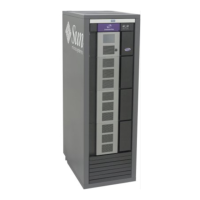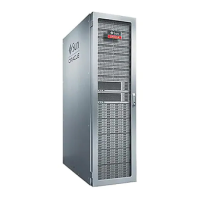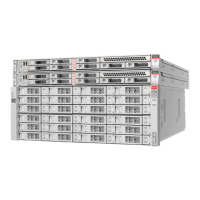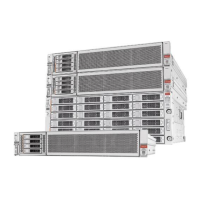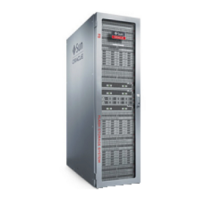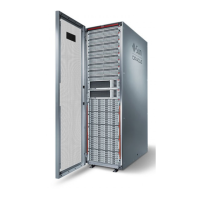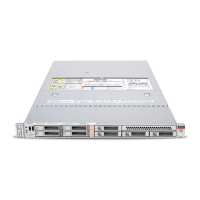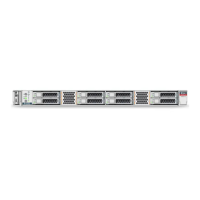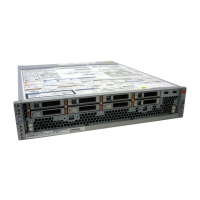Power Configuration Options
1-10 StorageTek SL8500 Library Guide
N+1 Power Configuration (standard)
■ Provides DC power redundancy by adding an additional load-sharing power
supply to each DC power grid.
■ One load-sharing power supply for every two robots plus one redundant power
supply.
■ One load-sharing power supply for every eight drives plus one redundant power
supply.
■ Contains two power distribution units (PDUs): one system PDU and one N+1
PDU.
■ Supports two racks (2 and 4).
2N Power Configuration
■ Provides both DC and AC redundancy
■ Provides one power supply for every four tape drives and one supply for every
robot.
■ Requires a second AC power source for a second system PDU.
■ Supports all four racks.
AC Power Source Options
There are three external AC power options. A licensed electrician should connect the
external power cables. For additional information, see "AC Power Connections" on
page 1-11.
Delta
■ Requires one three-phase input for each system PDU.
■ 200–240 VAC, line-to-line, three-phase, 40 Amps, 50–60 Hz (mostly used in the
United States).
■ Used when the voltage measured from phase-to-phase is 200-240 VAC.
■ Requires four wires (three phases plus ground). Does not use neutral (a fifth wire).
Wye
■ Requires one three-phase input for each system PDU.
■ 200–240VAC, line-to-neutral, three-phase, 24 Amps, 50–60 Hz (mostly used in
Europe).
■ Used when the voltage measured from phase-to-phase is 380–415 VAC.
■ Requires five wires (three phases, ground, and neutral). Neutral (N) is required.
Single-phase
■ Requires three single phase inputs for each system PDU (three circuits for N+1 or
six circuits for 2N)
■ 200–240 VAC, single phase, 24 Amps, 50–60 Hz
